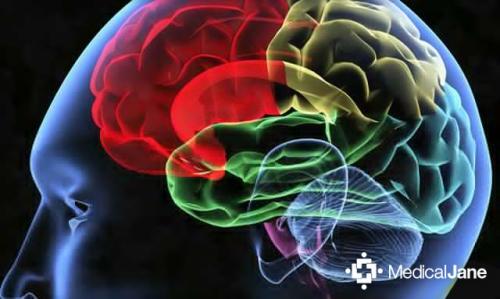

If a person receives early diagnosis and treatment, they usually have a normal life expectancy. They should have regular blood tests, though, and treatment typically continues for life.
There are several treatments for iron overload disorders:
Phlebotomy
Phlebotomy, or venesection, is a regular treatment to remove iron-rich blood from the body.
Usually, this will need to take place weekly until levels return to normal. When iron levels build up again, the person will need to repeat the treatment.
How much blood the doctor takes, and how often, depends on:
the person’s age and sex
the person’s overall health
the severity of the iron overload
Doctors may removeTrusted Source 1 pint of blood once or twice each week in the early stages of treatment. After this, they may remove blood every 2–4 months.
Phlebotomy cannot reverse cirrhosis, but it can improve symptoms, such as nausea, abdominal pain, and fatigue. It may also improve heart function and joint pain.
Chelation
Iron chelation therapy involves taking oral or injected medicine to remove excess iron from the body. Medications can include a drug that binds the excess iron before the body excretes it.
Although doctors do not tend to recommend this as a first-line treatment for hemochromatosis, it may be suitable for some people.
Dietary changes
Dietary changes to limit iron intake can help reduce symptoms. Dietary changes can include:
avoiding supplements that contain iron
avoiding supplements that contain vitamin C, as this vitamin increases iron absorption
reducing iron-rich and iron-fortified foods
avoiding uncooked fish and shellfish
limiting alcohol intake, as this can damage the liver
Complications
Without treatment, an accumulation of iron can lead to health complications, such as:
cirrhosis
a higher chance of liver cancer relating to cirrhosis or hemochromatosis
diabetes and associated complications
congestive heart failure if too much iron builds up in the heart and the body cannot circulate enough blood
irregular heart rhythms, or arrhythmias, leading to chest pain, palpitations, and dizziness
endocrine problems, such as hypothyroidism or hypogonadism
arthritis, osteoarthritis, or osteoporosis
bronze or gray skin due to the deposits of iron in skin cells
Other complications can include depression, gallbladder disease, and some cancers.
According to the Iron Disorders Institute, some autopsies have revealed that people with neurodegenerative diseases — such as Alzheimer’s disease, multiple sclerosis, and epilepsy — had problems with iron levels in the brain.
Summary
Iron overload disorders, such as primary hemochromatosis, involve excess levels of iron building up in the body. Without treatment, the condition can cause serious complications, and it can be life threatening.
In 2007, Canadian researchers concludedTrusted Source that hemochromatosis is a “common and relatively simple genetic disease to treat.”
With treatment, people can have a normal life expectancy, especially with early diagnosis and effective management.
Medically reviewed by Natalie Butler, R.D., L.D.
Written by Yvette Brazier
on January 30, 2020
Healthy Body and Brain
